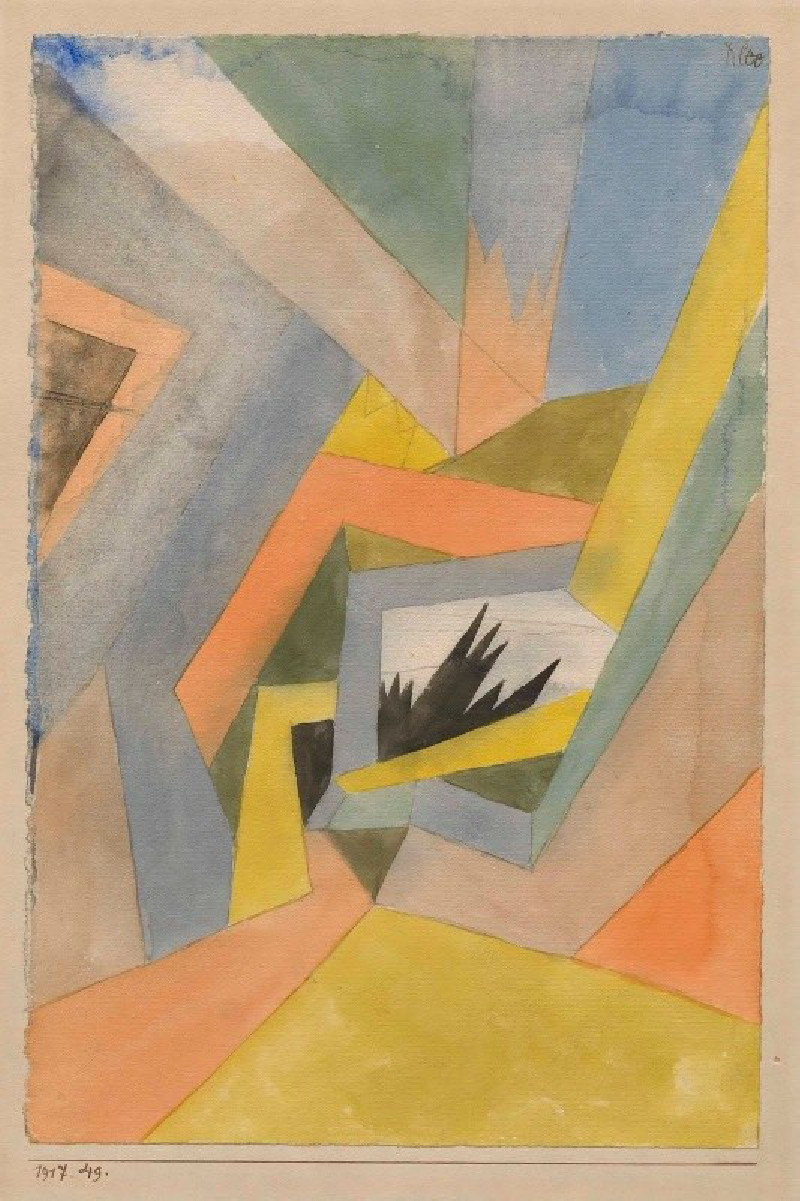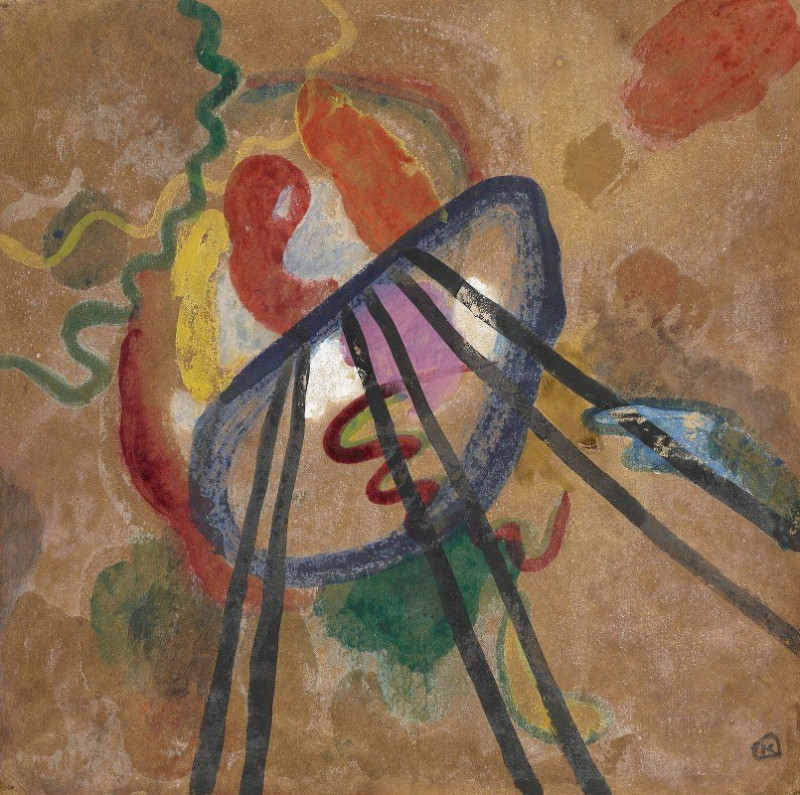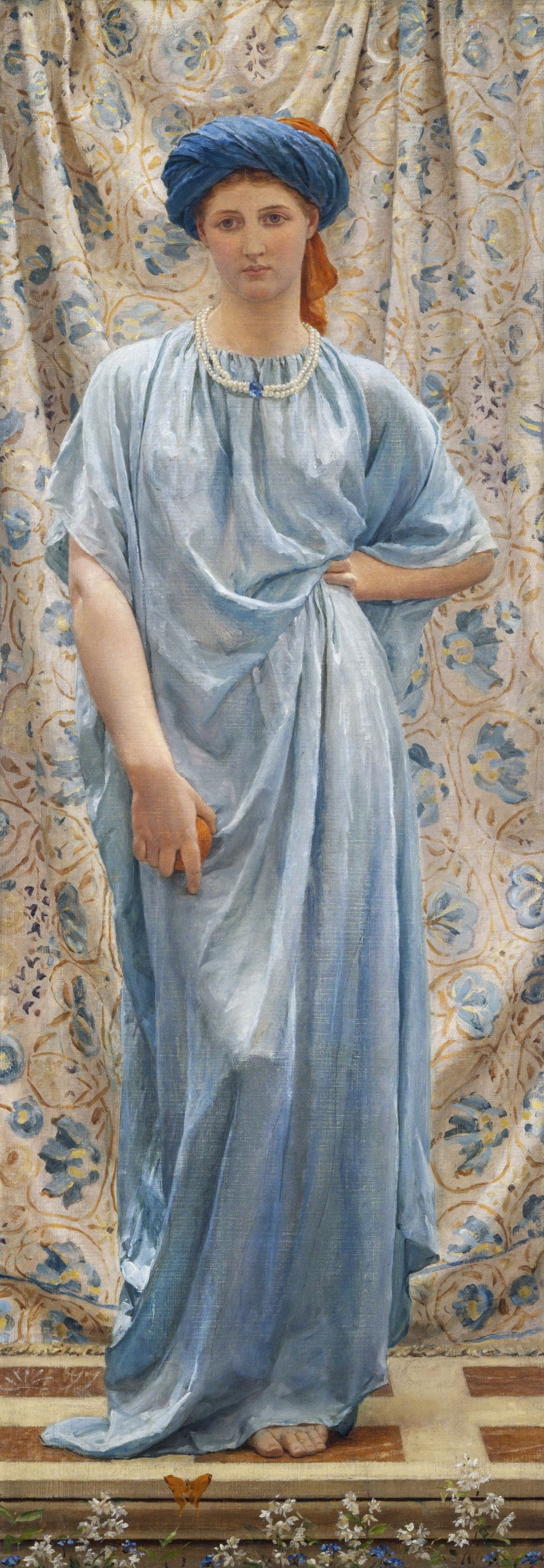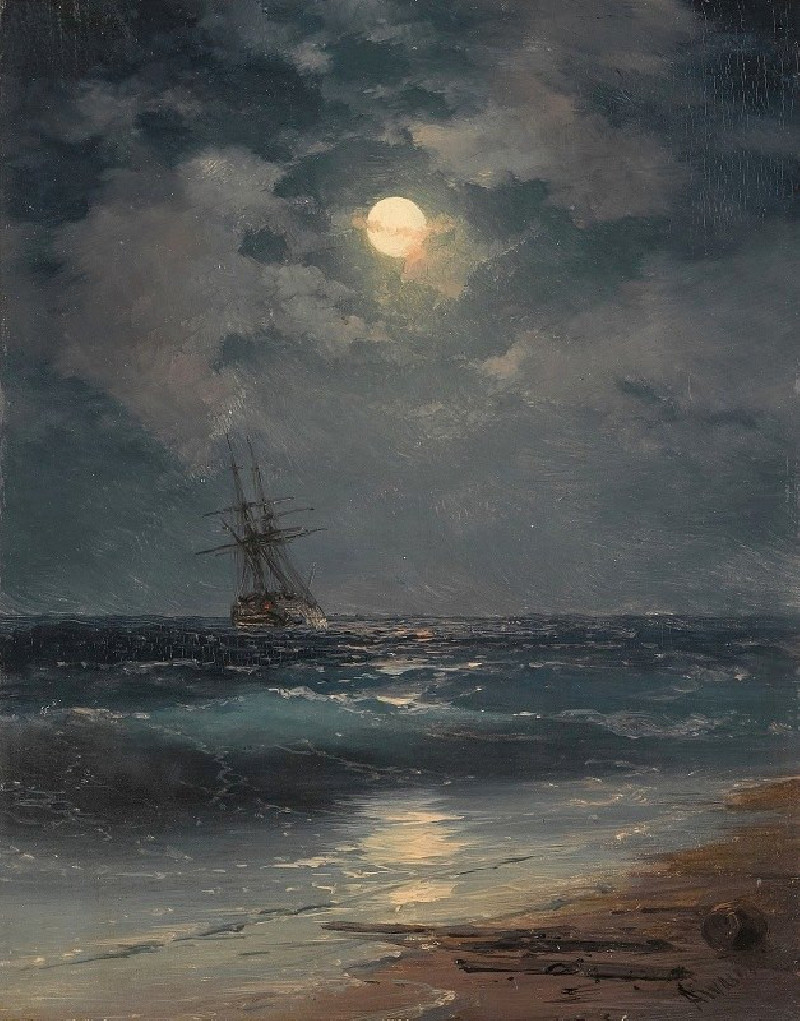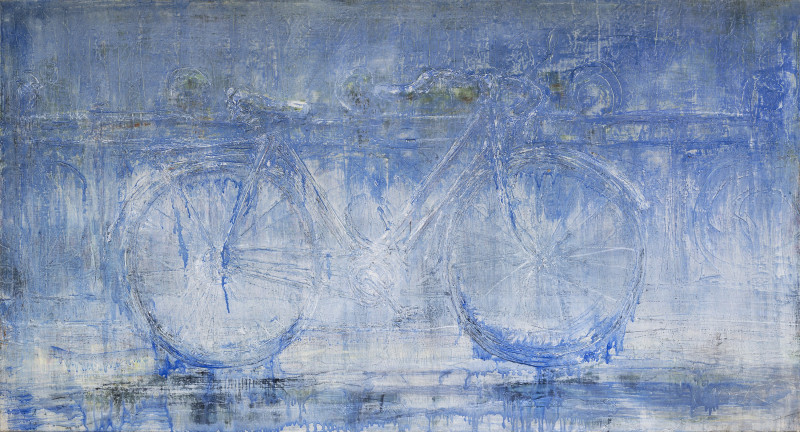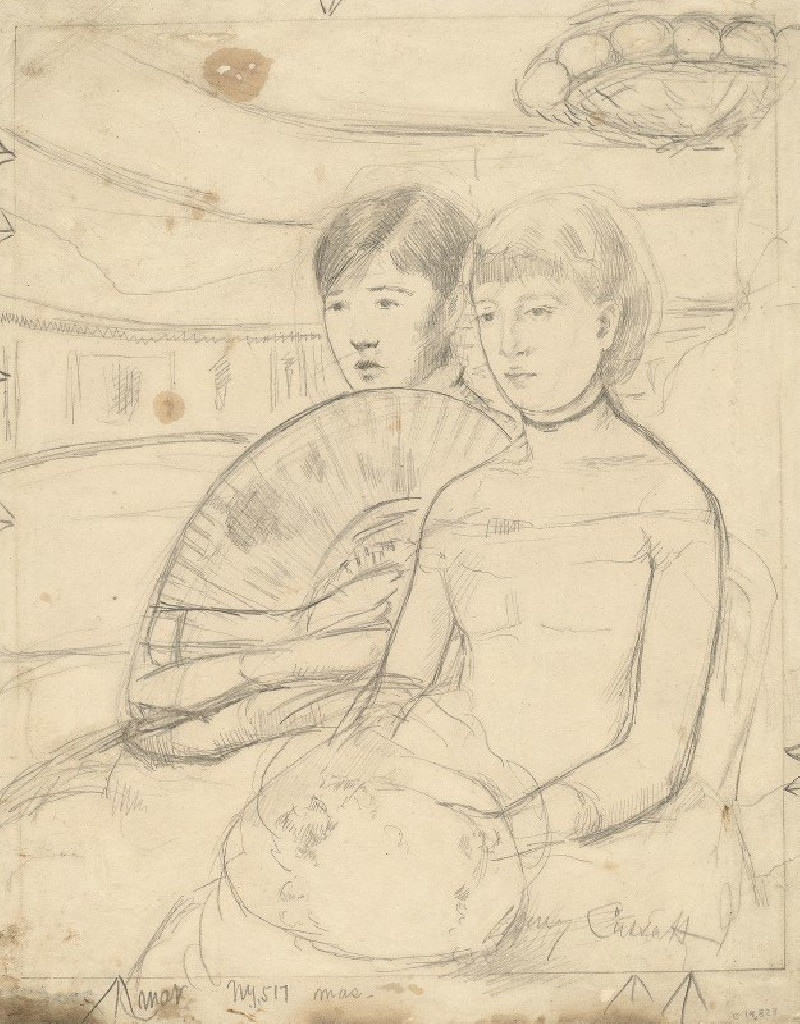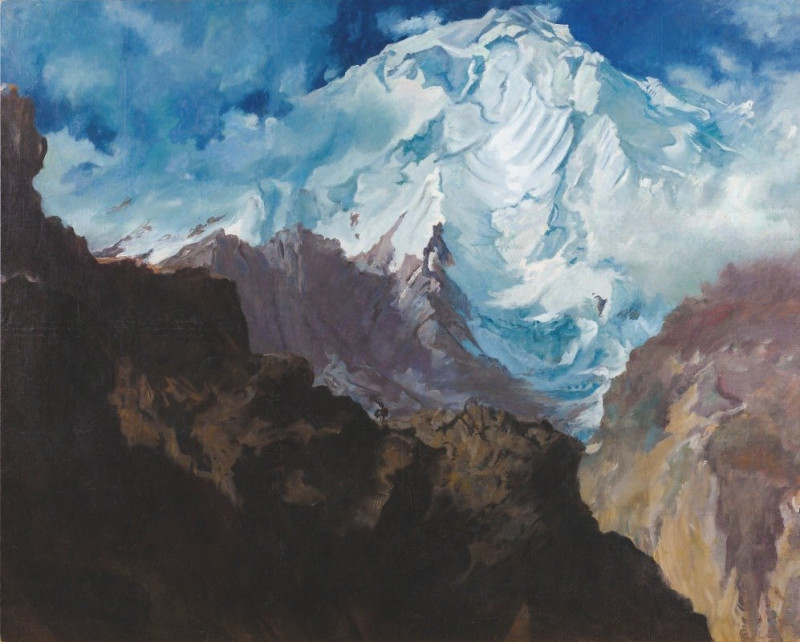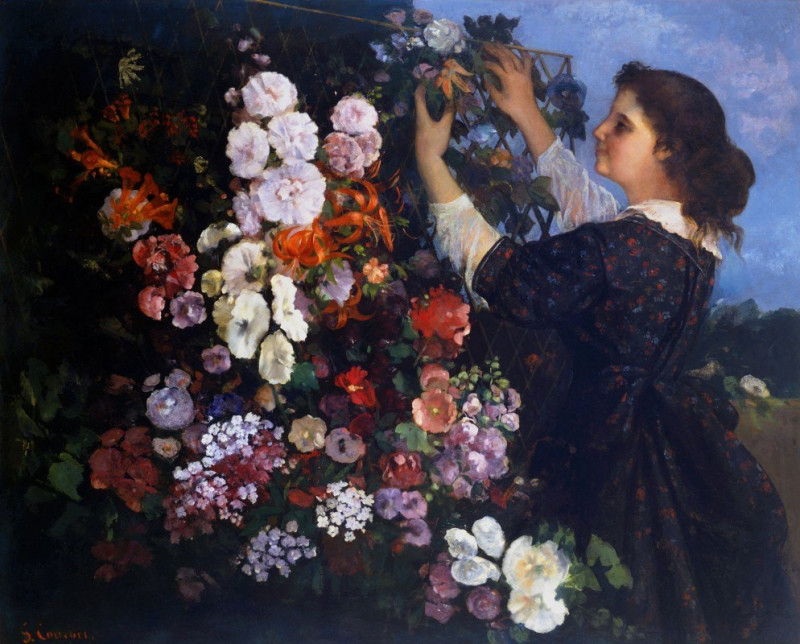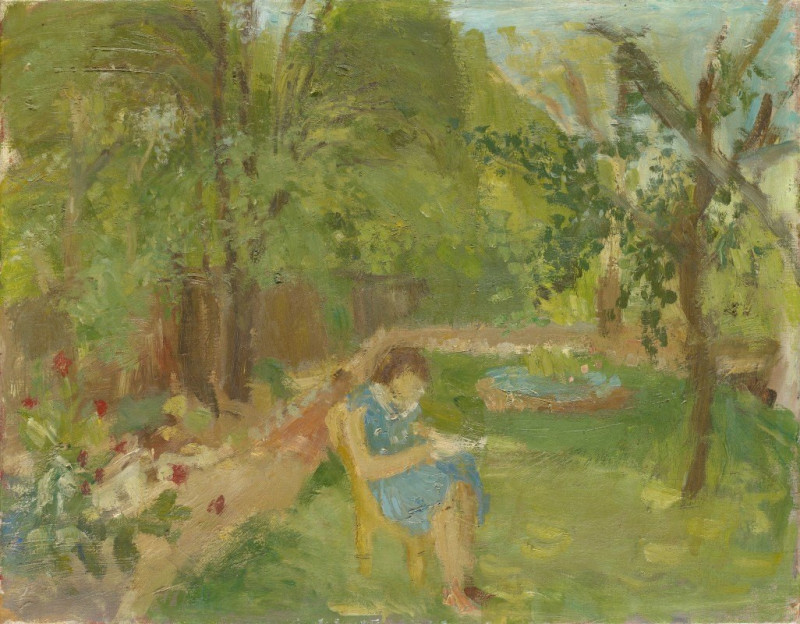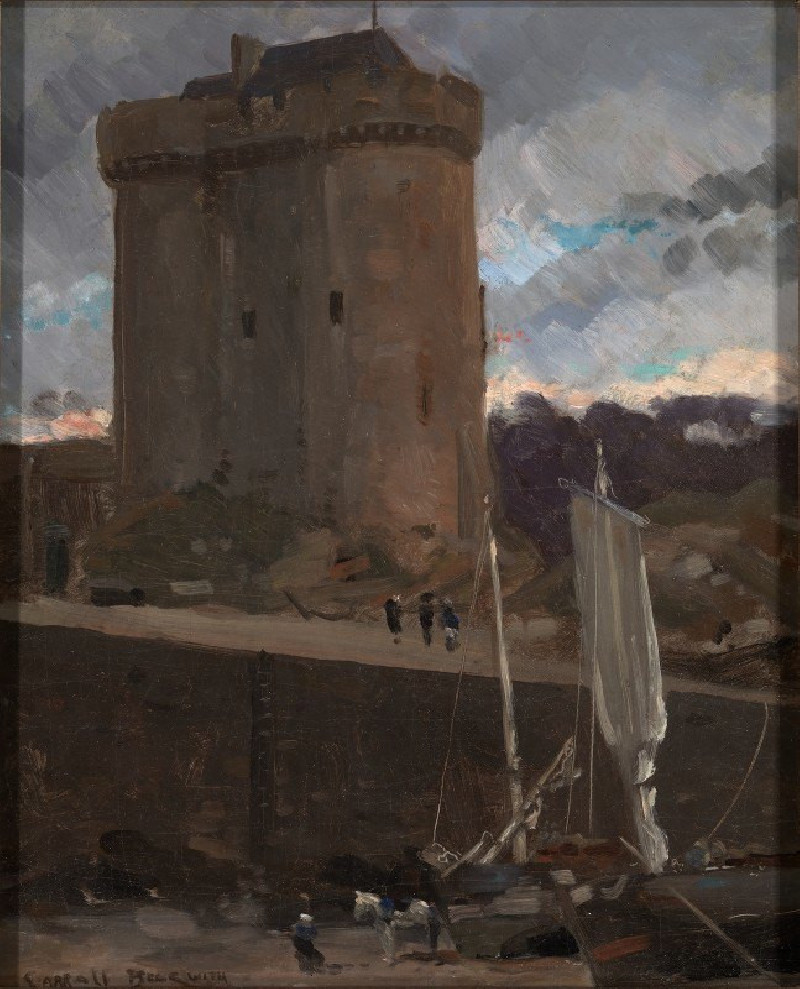The Idea of Firs (1917)
Technique: Giclée quality print
Recommended by our customers
More about this artwork
Paul Klee's painting "The Idea of Firs" from 1917 is a mesmerizing example of the artist’s abstract style and innovative approach to color and composition. In this painting, Klee delves into an abstract world where the representation of firs is distilled into a series of geometric forms and splinters of color.The painting captures abstract shapes interlocking and overlapping against a muted yet warm palette of yellows, oranges, grays, and blues. Central to the composition is a small, clear depiction of dark firs, which appear amidst the confluence of abstract shapes, almost as if being viewed through a window or from a particular, fragmented perspective. This might suggest the idea of viewing the natural world through a different lens, focusing on the essence or idea of objects rather than their direct representations.Klee’s technique involves a delicate balance of sharp lines and softer washes of color, creating a dynamic tension and a sense of depth on the flat surface of the paper. The painting invites viewers to explore their own interpretations and to consider the ways in which the abstract can inform our perception of the concrete. Each viewer might find themselves deciphering the shapes and layers differently, showcasing Klee's ability to engage and provoke imagination through his abstract forms."The Idea of Firs" exemplifies Klee's exploration of the abstract language of art and how it can evoke the natural world in profound and unexpected ways.
Delivery
Returns
Paul Klee was a Swiss-born German artist. His highly individual style was influenced by movements in art that included expressionism, cubism, and surrealism. Klee was a natural draftsman who experimented with and eventually deeply explored color theory, writing about it extensively; his lectures Writings on Form and Design Theory (Schriften zur Form und Gestaltungslehre), published in English as the Paul Klee Notebooks, are held to be as important for modern art as Leonardo da Vinci's A Treatise on Painting for the Renaissance.

